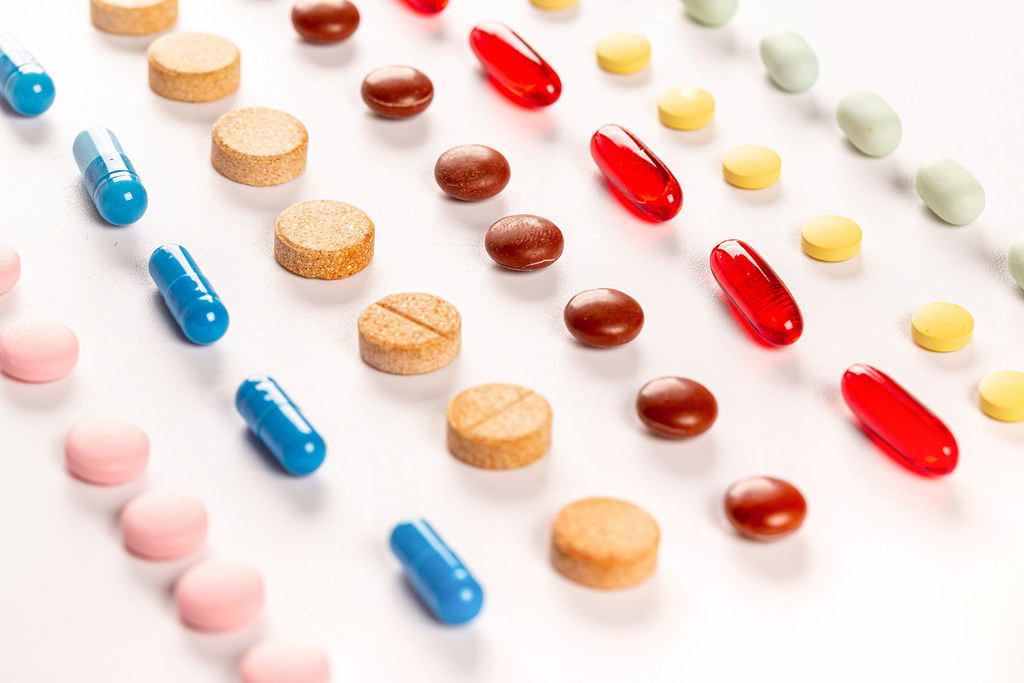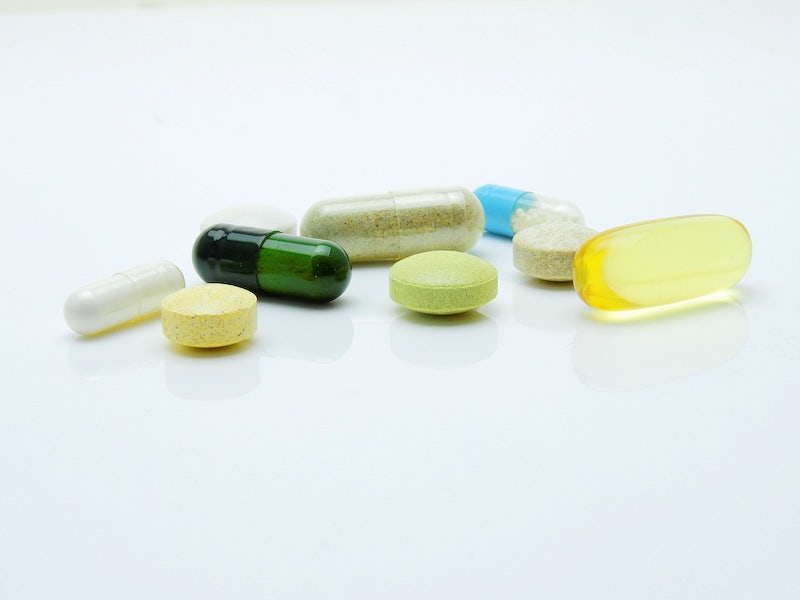Text & media
Hydrocodone Abuse and Addiction: A Comprehensive Guide
Introduction
Hydrocodone is a commonly prescribed opioid medication used to relieve moderate to severe pain. However, despite its therapeutic benefits, hydrocodone has the potential for abuse and addiction. Understanding the risks and consequences associated with hydrocodone misuse is crucial for individuals, healthcare professionals, and society as a whole. In this comprehensive guide, we will explore the various aspects of hydrocodone abuse and addiction, including its effects, signs, treatment options, and prevention strategies.
What is Hydrocodone?
Overview of Hydrocodone
Hydrocodone belongs to the class of drugs known as opioids. It is a synthetic opioid derived from codeine, a natural opiate alkaloid found in the opium poppy. Hydrocodone is typically formulated in combination with other non-opioid pain relievers, such as acetaminophen or ibuprofen, to enhance its analgesic effects. Common brand names for hydrocodone-containing medications include Vicodin, Lortab, and Norco.
Medical Uses of Hydrocodone
Hydrocodone is primarily prescribed for the management of acute or chronic pain that is not adequately controlled by other non-opioid pain medications. It is commonly used after surgical procedures, for severe injuries, and in cases of chronic pain associated with conditions like cancer or arthritis. The medication works by binding to opioid receptors in the brain, spinal cord, and other parts of the body, thereby reducing the perception of pain. Purchase Adipex, As we discuss hydrocodone abuse and addiction, it's essential to address the topic of purchasing Adipex. Adipex, also known as phentermine, is a prescription medication used for weight loss. It is not related to hydrocodone or opioids. If you are seeking information on purchasing Adipex, it is crucial to consult with a healthcare professional to ensure its appropriate and safe use.
The Potential for Abuse and Addiction
How Hydrocodone Works in the Body
Hydrocodone binds to opioid receptors in the brain, spinal cord, and other areas involved in pain perception. By activating these receptors, it can produce feelings of euphoria, relaxation, and pain relief. This mechanism of action also contributes to the potential for abuse and addiction. The rewarding effects of hydrocodone can lead individuals to misuse the medication, taking it in higher doses or more frequently than prescribed.
Factors Contributing to Hydrocodone Abuse
Various factors can contribute to hydrocodone abuse. These may include:
Ease of Access: Hydrocodone is a widely prescribed medication, making it easily accessible to individuals who may not have a legitimate medical need for it.
Peer Influence: Social pressure or influence from friends or acquaintances who misuse or abuse hydrocodone can significantly impact an individual's likelihood of engaging in similar behavior.
Co-occurring Substance Use Disorders: Individuals with a history of substance abuse or addiction may be more prone to misusing hydrocodone or developing an addiction.
Underlying Mental Health Conditions: Conditions such as anxiety, depression, or post-traumatic stress disorder (PTSD) can increase the risk of substance abuse, including hydrocodone misuse.
Recognizing the Signs of Hydrocodone Abuse
It is essential to be aware of the signs and symptoms of hydrocodone abuse to identify potential issues early on. Some common signs include:
Treatment for Hydrocodone Addiction
Seeking Professional Help
If you or someone you know is struggling with hydrocodone addiction, seeking professional help is vital. Addiction specialists, healthcare providers, and treatment centers can provide the necessary support and guidance throughout the recovery process.
Detoxification and Withdrawal Management
The first step in treating hydrocodone addiction is often detoxification. This process involves removing the drug from the body and managing withdrawal symptoms. Medical supervision during detoxification is crucial to ensure safety and minimize discomfort.
Behavioral Therapies
Behavioral therapies play a crucial role in the treatment of hydrocodone addiction. These therapies help individuals identify and address the underlying causes of their addiction, develop coping strategies, and learn healthier ways to manage pain or stress. Cognitive-behavioral therapy (CBT), contingency management, and motivational interviewing are some commonly used approaches.
Medications for Opioid Addiction
Medications can be an essential component of hydrocodone addiction treatment. Medications like buprenorphine, methadone, and naltrexone can help reduce cravings, manage withdrawal symptoms, and prevent relapse. These medications should be used under medical supervision and as part of a comprehensive treatment plan.
Preventing Hydrocodone Abuse and Addiction
Educating the Public
Public education plays a crucial role in preventing hydrocodone abuse and addiction. By raising awareness about the risks and potential consequences of opioid misuse, individuals can make informed decisions about their pain management options. Educational campaigns should focus on both patients and healthcare providers to promote responsible prescribing and use of hydrocodone.
Proper Prescribing Practices
Healthcare providers have a significant responsibility in preventing hydrocodone abuse. By following evidence-based prescribing guidelines, conducting thorough assessments, and exploring alternative pain management strategies, healthcare professionals can minimize the risk of opioid misuse and addiction.
Monitoring and Regulation
Monitoring systems can help identify individuals who may be at risk for hydrocodone abuse or diversion. Prescription drug monitoring programs (PDMPs) allow healthcare providers to track patients' opioid prescriptions and identify potential misuse patterns. Additionally, regulations and policies that limit the availability and accessibility of hydrocodone can help prevent abuse.
Promoting Non-Opioid Pain Management Alternatives
Exploring non-opioid pain management alternatives is essential in addressing the opioid crisis. Non-pharmacological approaches such as physical therapy, acupuncture, cognitive-behavioral therapy, and alternative medications can be effective in managing pain without the risk of addiction.
In conclusion, hydrocodone abuse and addiction pose significant challenges to individuals and society. Understanding the potential risks, signs, and treatment options is crucial in addressing this issue. By implementing preventive measures, educating the public, and promoting responsible prescribing practices, we can work towards minimizing the impact of hydrocodone abuse and addiction on individuals and communities. Remember, if you or someone you know is struggling with hydrocodone addiction, seek professional help and support for a path towards recovery.

